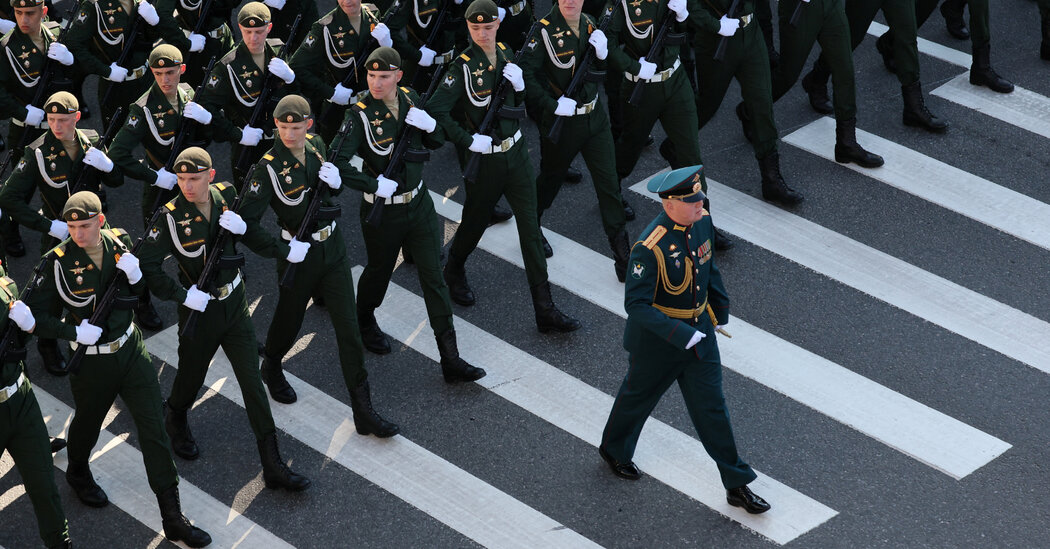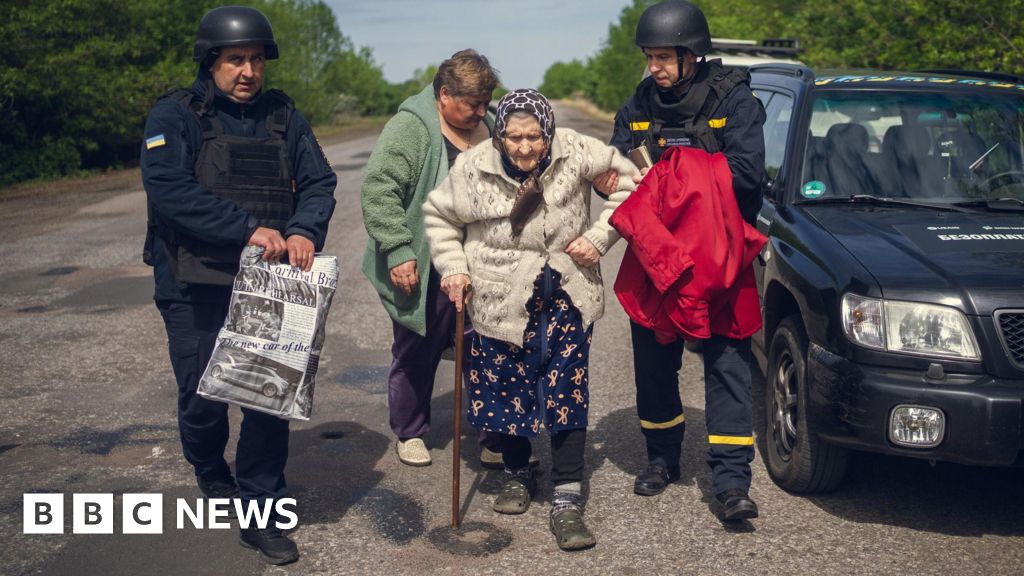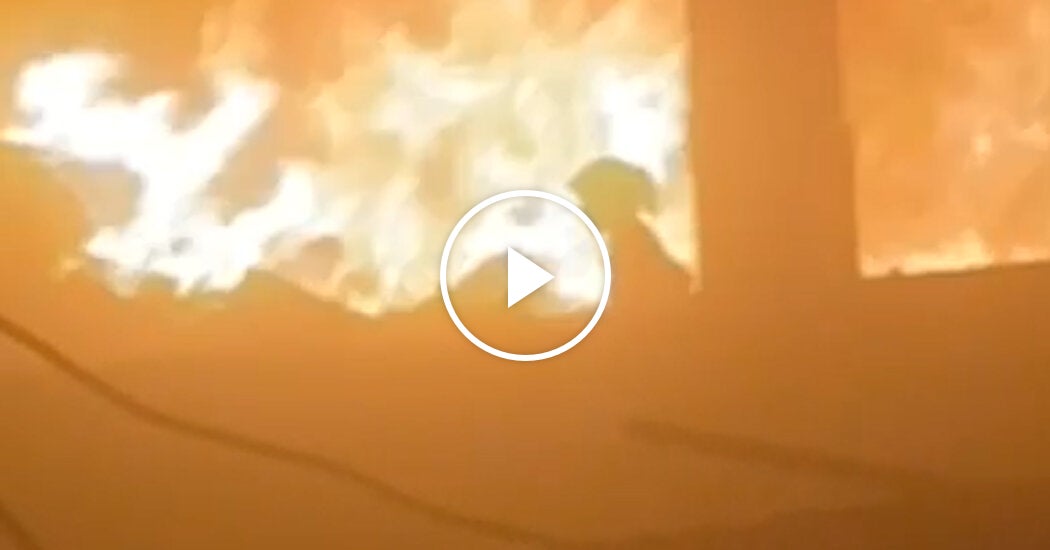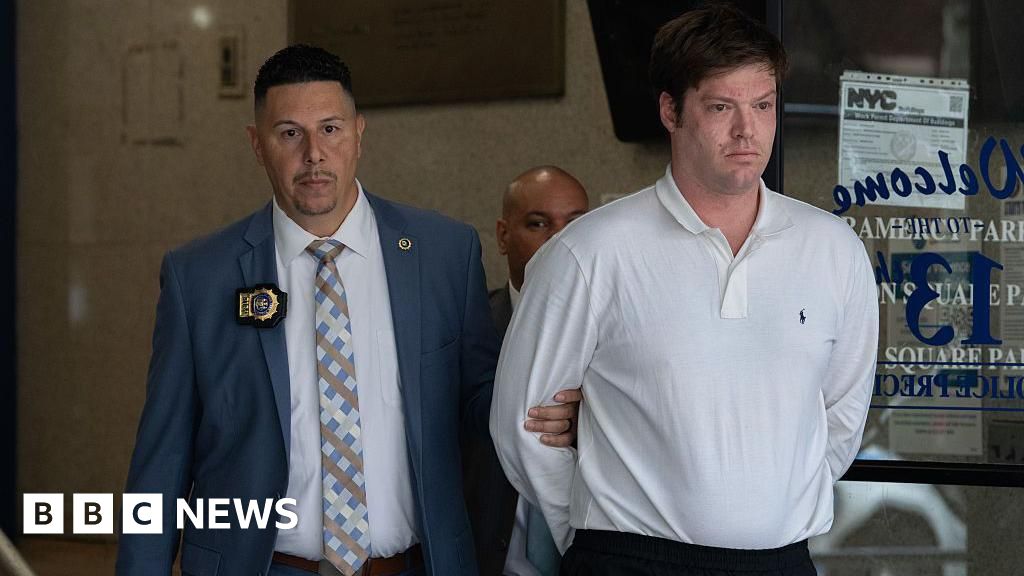But three years since Russia’s invasion of Ukraine, the display of military might did not reflect Russia’s record on the current battlefield. The country’s military has not achieved a decisive victory in Ukraine, and has made only incremental gains in recent months. The Russian economy has also been slowing because of falling oil prices and interest rates that have been kept high as the country tries to tame inflation.
The leader of North Korea, Kim Jong-un, did not attend the parade, and North Korean troops did not march through the square as many had expected they would. Several North Korean generals watched the parade from the stands. At the end of the parade, Mr. Putin approached them and could be heard saying “thank you very much,” an apparent reference to North Korea’s role in Kursk.
Overall, more than 11,500 servicemen and women took part in the parade, the Russian Defense Ministry said. Among them was a regiment of Chinese troops, and troops from some Moscow-friendly former Soviet nations.
In recent decades, the May 9 Victory Day holiday has served as a rare, unifying commemoration in Russia and across the former Soviet Union, given that some 27 million Soviets perished in World War II. But Mr. Putin has stoked divisions by trying to use the Soviet triumph in 1945 to legitimize his invasion of Ukraine, where Russia, the Kremlin falsely claims, is fighting “Nazis.”
Heavy-handed security measures were introduced across Moscow on Friday; the entire city center was blocked for traffic and metro stations were shut down in the vicinity of the Kremlin. Access to the internet has been sporadic, including through landlines. Many in Russia feared that Ukraine could use one of its long-distance drones to strike the city on the day of the parade, especially after a Ukrainian drone attack forced the closure of all four major Moscow airports earlier this week.
Unlike last year’s parade, which featured only one Soviet-era tank, this one was the biggest since the invasion of Ukraine, according to numbers provided by the Russian Defense Ministry. More than 180 military vehicles, including tanks, howitzers and nuclear missile launchers, rolled through the square, the ministry said, and a specialized drone unit participated in the parade for the first time, reflecting the critical role of such weapons in the war. The parade ended with a flyover of Russian jets.



